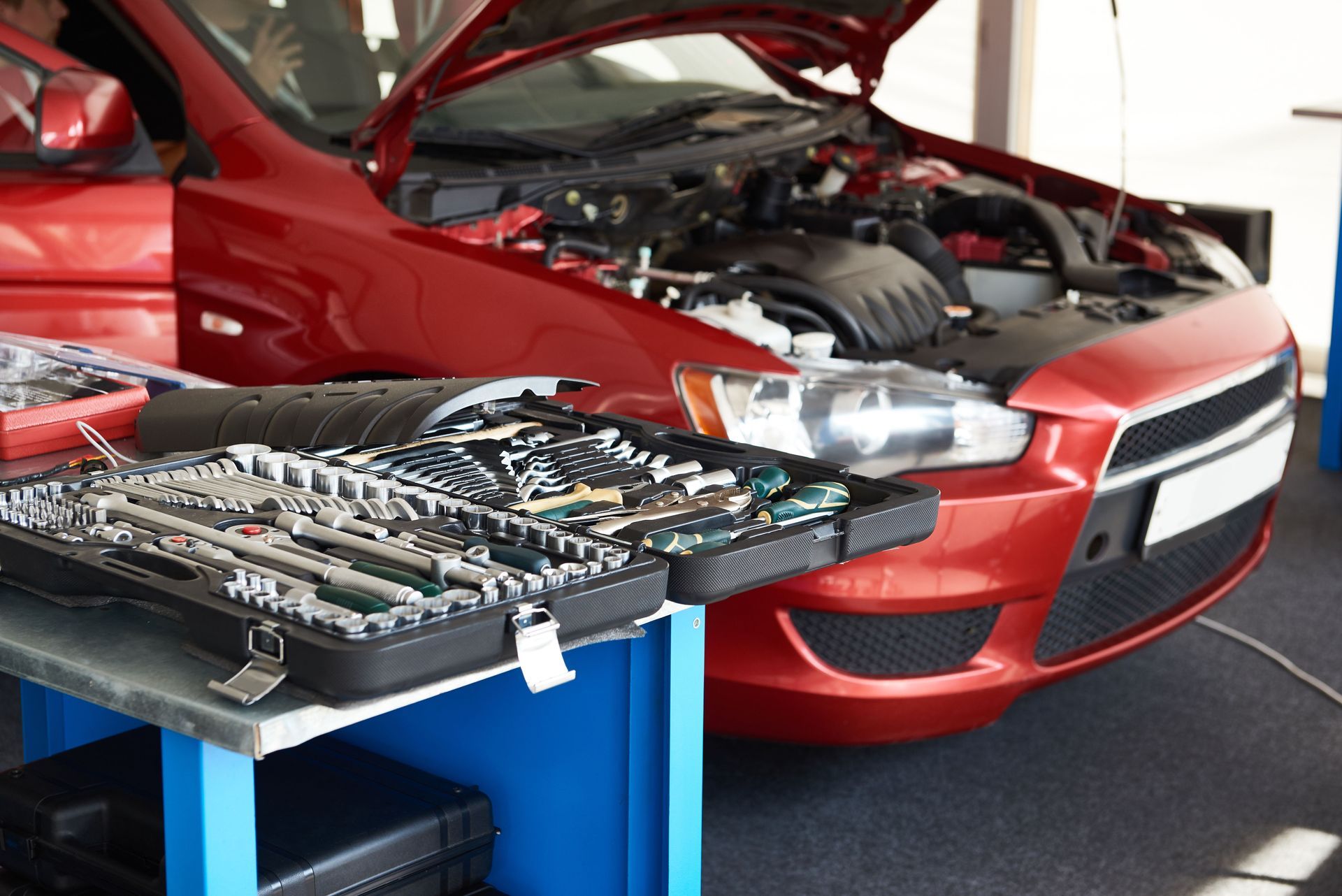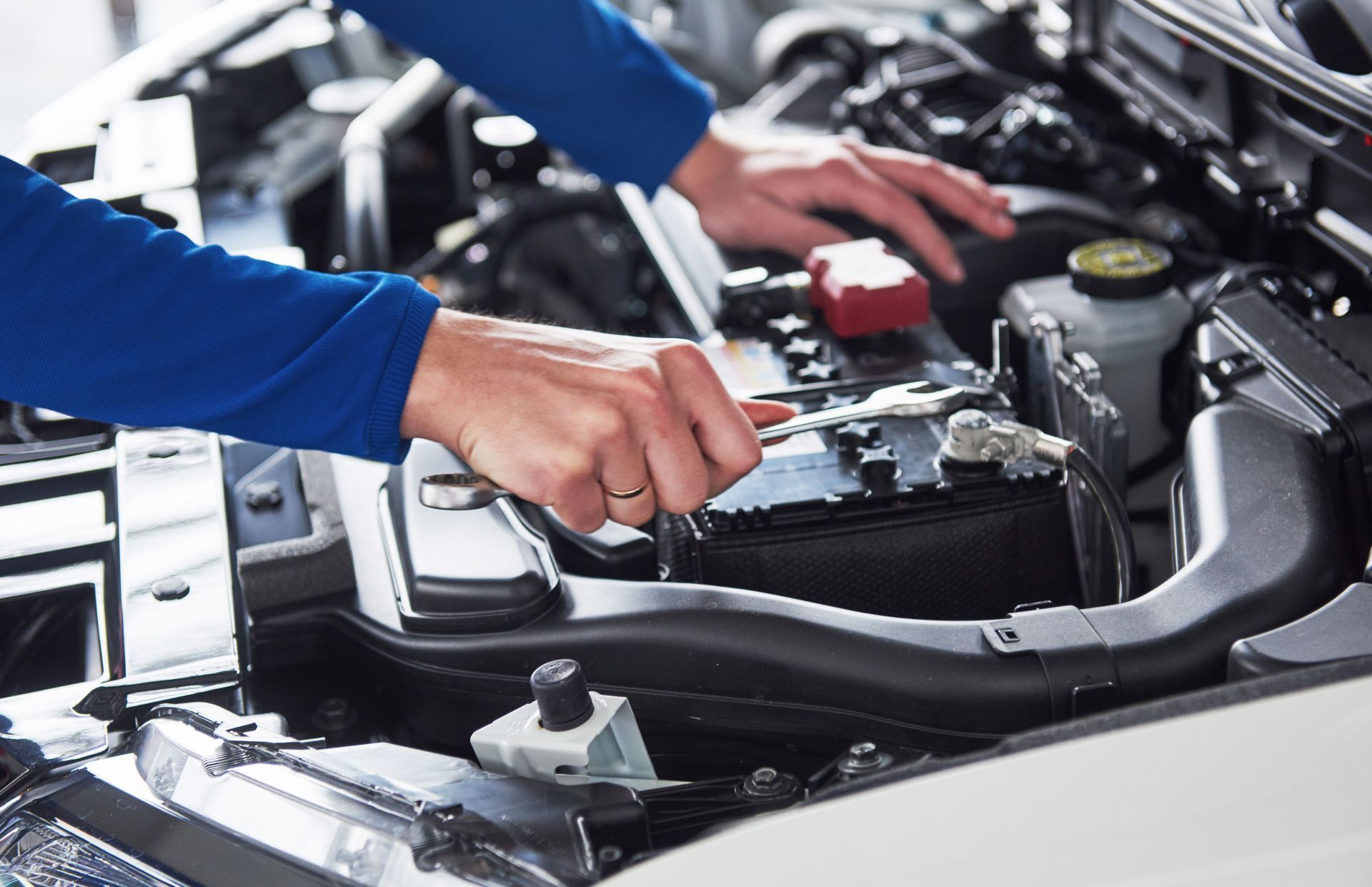What to Expect When Visiting an Auto Repair Shop
For many car owners, visiting auto repair shops can be an uncertain experience. Whether it’s a strange noise, a dashboard warning light, or a routine service, the process can seem intimidating if you’re unsure what to expect. Understanding how the experience typically unfolds—from scheduling your appointment to driving away after the repair—can help you feel informed and confident every step of the way.
According to Kelley Blue Book, you should have your car inspected by a qualified mechanic about once every 12 months to identify any hidden issues before they become costly problems. Regular maintenance not only keeps your vehicle in top shape but also helps you build a relationship with a trusted repair shop. In this guide, we’ll walk you through exactly what happens when you visit an auto repair shop and how to make the most of your experience.
Scheduling
The process of visiting an auto repair shop usually begins with scheduling your appointment. Most modern shops offer several convenient ways to do this. When scheduling, you’ll typically be asked for your vehicle’s make, model, year, and a brief description of the issue or service you need. Providing accurate details helps the staff prepare for your visit, ensuring they have the right tools, parts, and technicians available. This step also allows you to choose a date and time that fits your schedule, minimizing disruption to your day.
It’s a good idea to schedule maintenance in advance, especially for major services like brake repairs or diagnostic inspections. Doing so can help you avoid long wait times, as many shops fill their schedules quickly—especially during weekends or seasonal maintenance periods. Preparing early and communicating clearly during the scheduling phase helps set the stage for a smooth visit.
Arriving
When you arrive at the shop, you’ll usually check in with a service advisor or front-desk representative. This is your first opportunity to make an impression and gauge the professionalism of the business. Clean, organized facilities and courteous staff often reflect how seriously a shop takes its work. You’ll likely be asked for your contact information, vehicle details, and a quick overview of your car’s problem or maintenance needs. It’s also helpful to bring your vehicle registration, insurance card, and any previous service records.
As you hand over your keys, take a moment to observe the atmosphere. Is the service area tidy and secure? Small details like these can reveal a lot about the shop’s attention to detail. The best auto repair shops ensure that your arrival feels welcoming and efficient, minimizing wait times and clearly explaining what comes next. If you’re unsure about any part of the check-in process, don’t hesitate to ask questions—transparency is a hallmark of a reliable repair shop.
Explaining
Once you’ve checked in, the next important step is explaining the issue with your vehicle. The more specific and descriptive you can be, the better the technicians will understand what’s happening. Mention when the problem started, what conditions it occurs under (such as acceleration or braking), and any unusual sounds or smells you’ve noticed. If possible, provide photos or short videos of the issue. These details can save valuable diagnostic time and help pinpoint the root cause.
Good communication is key. Avoid vague descriptions like “it just feels off” and try to focus on measurable observations such as “the steering wheel shakes when I drive fast.” The more context you provide, the more accurate the diagnosis will be. Experienced staff at auto repair shops appreciate when customers share detailed information—it builds trust and ensures both sides are on the same page. Clear communication during this stage prevents misunderstandings and keeps your visit running smoothly.
Diagnosing
After you’ve described your car’s symptoms, the technicians begin the diagnostic process. This often includes a visual inspection, computer scans, or even a short test drive to reproduce the problem. Modern vehicles are complex machines with electronic systems that store error codes, so diagnostics may involve specialized software and diagnostic tools. The goal is to identify the exact issue rather than just treating the symptoms.
At this point, the technicians may call you to discuss their findings before moving forward. The best auto repair shops follow a systematic approach—checking sensors, testing electrical systems, and ruling out potential causes before recommending repairs. A detailed diagnosis not only ensures accuracy but also prevents unnecessary expenses. When you receive the results, ask the service advisor to explain them in plain language. Understanding the problem empowers you to make an informed decision about repairs.
Estimating
Once the problem has been identified, you’ll receive a cost estimate for the repairs. This estimate typically includes labor charges, parts pricing, and an estimated completion time. It’s important to review this document carefully and ask for clarification if something seems unclear. Legitimate repair shops will not pressure you into approving work you don’t understand. Instead, they’ll take time to walk you through each line item and explain the reasoning behind it.
Keep in mind that estimates can vary among auto repair shops depending on factors like technician experience and part quality. Always ask whether the shop guarantees its work and how long the warranty lasts. A detailed, written estimate protects both you and the shop from miscommunication, ensuring transparency and peace of mind before any work begins.
Repairing
After approving the estimate, your vehicle moves into the repair phase. Depending on the complexity of the issue, this process could take anywhere from a few hours to several days. In our experience, minor repairs like oil changes or brake pad replacements are typically completed the same day, while more involved jobs, such as transmission or engine work, require additional time. Technicians follow precise procedures, using manufacturer-recommended tools and specifications to ensure the repair meets safety standards.
Reputable auto repair shops will keep you informed throughout the process, especially if new issues arise. For example, a mechanic might discover worn belts or fluid leaks while completing unrelated repairs. In such cases, the shop should contact you for approval before performing any additional work. Transparent communication and status updates help maintain trust and prevent unpleasant surprises when it’s time to pick up your car.
Inspecting
Once repairs are complete, the shop conducts a final inspection to ensure your vehicle is functioning correctly. This post-repair check often includes a test drive, system scans, and quality control reviews to verify that the problem has been resolved. If any adjustments are needed, they’re made before the vehicle is returned to you. This attention to detail is a hallmark of professional craftsmanship and customer care.
As a car owner, it’s smart to ask about what the inspection involves. Many auto repair shops use a checklist system to confirm that all work meets both safety and performance standards. A thorough inspection not only protects your investment but also ensures your vehicle remains safe on the road.
Maintaining
After your repair, maintenance becomes your next priority. Staying proactive with regular checkups and oil changes helps prevent future issues and extends the life of your vehicle. Keep a record of all services performed so you can track what’s been done and when future maintenance is due. Following your car manufacturer’s maintenance schedule is one of the most effective ways to avoid costly breakdowns.
Building a long-term relationship with your chosen shop can also pay off in the long run. Technicians who know your vehicle’s history can spot patterns and potential problems early. The most reliable auto repair shops value this partnership and often offer loyalty programs, reminders, and special discounts for returning customers. Consistent maintenance not only saves money but also ensures your car continues to perform safely and efficiently.
Knowing what to expect when visiting auto repair shops can transform an anxious experience into a confident one. From scheduling your appointment to maintaining your vehicle after repairs, understanding each step helps you take charge of your car’s care. Regular inspections are essential for keeping your vehicle safe and reliable year-round.
Ready to experience trustworthy, transparent car care? Visit Performance Specialties today and see why our customers rely on us for all their repair and maintenance needs. Schedule your appointment with us and get back on the road with confidence.






Share On: